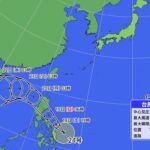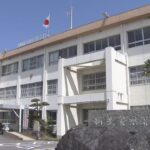According to JR Central, the down line service between Nagoya and Gifu on the Tokaido Line was temporarily suspended after 4:00 PM today due to a persistent stop signal at Kiyosu Station. The signal was restored, and operations resumed at 5:15 PM.
JR Tokaido Line
The JR Tōkaidō Line is one of Japan’s most important and busiest railway lines, connecting Tokyo, Nagoya, and Osaka. Opened in 1872 as Japan’s first railway, it played a key role in the country’s modernization and remains vital for both commuter and long-distance travel, including the high-speed Tōkaidō Shinkansen. The line follows the historic Tōkaidō road, a major travel route during the Edo period.
Nagoya
Nagoya is a major city in Japan’s Chubu region, known for its rich history and modern industrial significance. It was a key castle town during the Edo period, home to the powerful Owari Tokugawa clan, and today is famous for landmarks like Nagoya Castle and the Atsuta Shrine, one of Japan’s most important Shinto sites. The city is also a hub for automotive and manufacturing industries, hosting companies like Toyota.
Gifu
Gifu is a historic city in central Japan, known for its rich cultural heritage and natural beauty. It was a significant center during the Sengoku period (15th–16th centuries) and is famous for Gifu Castle, which was originally built by the warlord Saitō Dōsan and later used by Oda Nobunaga as a strategic base. Today, the city is also renowned for traditional cormorant fishing (ukai) on the Nagara River, a practice dating back over 1,300 years.
Kiyosu Station
Kiyosu Station is a railway station located in Kiyosu City, Aichi Prefecture, Japan, serving the Tokaido Main Line and operated by Central Japan Railway Company (JR Central). It opened in 1886 and played a role in the region’s transportation development during Japan’s industrialization. The station is also near historical sites linked to Oda Nobunaga, a famous feudal lord from the Sengoku period.






